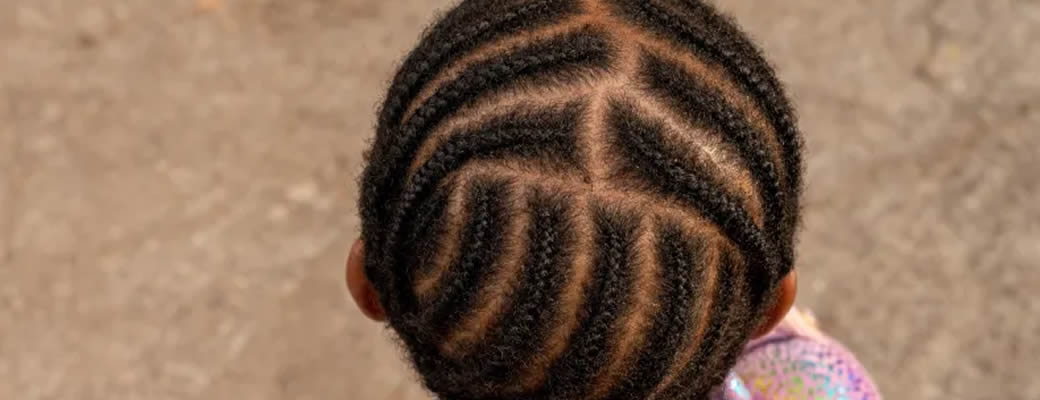Is California’s Ebony Alert the answer for finding missing Black children and women?
The Grio
Natalie Wilson
November 2, 2023
We have to do something! Black children and women are disappearing at an alarming rate, and remain missing four times longer than their white counterparts. For 15 years, the Black and Missing Foundation has been sounding the alarm about the discrepancies in media coverage, law enforcement resources and community engagement. Lawmakers are now beginning to wake up and listen.
Just last month, California, a state with one of the highest percentages of missing people of color, launched the Ebony Alert system, which will help amplify cases of missing Black children and young Black women. The new statewide alert system will go into effect on Jan. 1.
We believe it’s a step in the right direction as it will garner much-needed media coverage of cases that typically go under the radar. It will also force state law enforcement officials to take a closer look at their policies and procedures. It could also create an opportunity to enhance training around missing persons investigations and enhance cultural diversity and sensitivity in how law enforcement approaches cases involving missing people of color.
The current nationwide Amber Alert system is often not enough in many cases and has limitations for activation. With an Amber Alert, the missing child must be 17 or younger, and law enforcement must believe that the child has been abducted and is in imminent danger. There also has to be enough descriptive information about the child and the abductor to trigger the alert. Unfortunately, many Black children are classified as runaways and therefore don’t meet the Amber Alert qualifications. Young Black women also fall through the cracks of the national alert systems because they are too old for an Amber Alert but too young for a Silver Alert, which covers missing senior citizens.
We know that those alerts not only bring awareness to the missing individual but can also greatly increase the chance of recovery when time is of the essence. We know that the first 24 to 48 hours are critical in the search for a missing loved one. Alerts also put the media on notice. Mainstream and social media have the power to make these cases go viral by keeping them in the public eye.
But the Ebony Alert is far more inclusive as it includes Black children and women between the ages of 12 to 25. It allows greater flexibility around the circumstances of the individual’s disappearance, including unexplained or suspicious activities and mental or physical disability. The alert also takes into account those who may have become victims of sex trafficking. Research shows that 40% of sex trafficking victims are Black women or young girls. People of color also make up close to 40% of the missing population and that number is growing every year.
We are encouraged by the progress that’s being made in California and wonder how long it will take for other states to follow suit. But we must also be mindful that the law still relies on the actions of law enforcement to be effective. In the past, we’ve known families who say their children met the criteria for an Amber Alert, but it was never issued because law enforcement didn’t act. The tragic case of Arianna Fitts of San Francisco is one example. Arianna has been missing for seven years after her mother was found murdered and buried in a California park. To this day, Arianna never received an Amber Alert. We worry history could repeat itself with the Ebony Alert.
As co-founder of the Black and Missing Foundation and the publicist for thousands of families who are desperately searching for their missing loved ones, I say, it’s about time. Yet, we still have more work to do. California State Sen. Steven Bradford, who authored the Ebony Alert legislation, was inspired by our work. We must continue sounding the alarm across the country because people are listening.
Photo credit: The Grio / Adobe Stock Images

